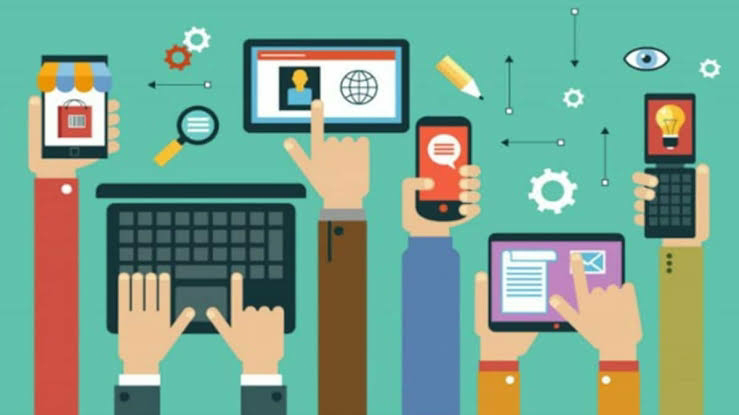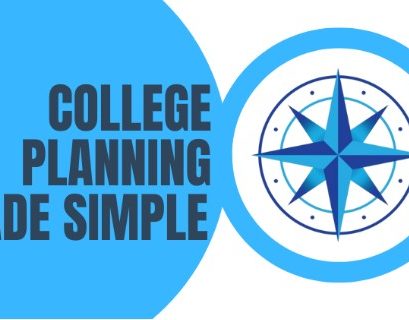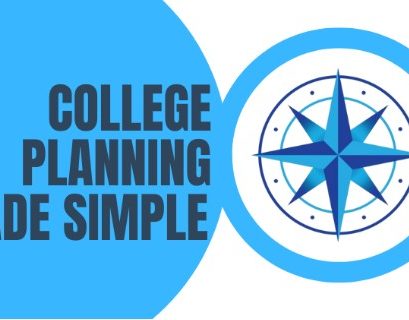Currently, organizations are always looking for new and better ways to train their employees and distribute knowledge effectively. With the future of digital transformation bound to change the world over, E-Learning content solutions are getting mainstream in modern education and corporate training. These solutions also offer flexibility and allow learning anytime, anywhere. However, the real challenge is to make sure that learners not only interact with the content but also keep the knowledge in the long run.
True e-learning effectivity requires e-learning content to be designed to both retain knowledge and facilitate learner experience. Organizations can keep their training programs relevant to the needs of various learners by focusing on interactive and personalized content, thus helping the learners remember the information they receive.
What are E-Learning Content Solutions?
ELearning Content Solutions are digital tools, platforms, and content that are used to supply training and education through online platforms. Included here are a great range of formats, including video lessons, quizzes, interactive modules, simulations, and more. Learners have the flexibility to access the content from anywhere at any time using e-learning platforms, and this makes it a good option for corporate and educational settings.
The aim of e-learning is not only to transfer information but also to ensure that the information is retained long-term. To achieve this, E-Learning content solutions need to be created with the learner in mind: content that is engaging, easy to navigate, and conducive to knowledge retention.
Strategies for Improving Knowledge Retention and Experience
Any effective E-Learning content solution should ensure that information learned during the training sticks with the learner long after the training is completed. However, to achieve this, specific strategies to enhance engagement and promote learning need to be built into the system. Some of the most impact approaches are listed below.
1. Interactive Learning Experiences.
One of the biggest challenges in e-learning is being able to keep your learners engaged. Long videos to watch or slides to read through text can also quickly take away from engagement and low retention rates. Interactive E-Learning content solutions really shine here. To achieve all this, interactive elements should be included in the session, like quizzes, polls, simulations, and gamified learning sessions, so that the learners can stay focused and retain the information during the session.
Interactive content helps learners become active, think critically, and apply the knowledge in real-time. One example is scenario-based questions, where learners have to decide which course of action is best. This leads to a much more substantial increase in retention than static content.
2. Microlearning Modules
This is one of the most effective ways to improve retention, which is by breaking down large chunks of information into bite-sized lessons, or ‘microlearning.’ Learners are more likely to remember small amounts of information spread over a longer period than they can remember large amounts of information all at once.
Microlearning content solutions based on E-Learning help learners focus on a particular concept or skill in manageable bits, keeping the cognitive overload to a minimum and allowing them to absorb information better. Microlearning also works well in crises, very busy schedules, and short chunks without being stretched too thin.
3. Reinforcement and Repetition
Reinforcement and repetition are other ways to improve and maintain knowledge retention. You rarely learn something once, and it’s sort of set in long-term memory. E-learning content solutions can use periodic reviews and revisiting the key concepts to internalize the information.
We can learn a lot by studying the spacing of how we review our material, which can help with retention. That is especially effective when combined with quizzes or interactive assessments that prompt learners to recall and apply what they’ve learned.
4. Multimedia Learning
E-learning content solutions should cater to the differences in people’s learning preferences. Using different types of media (videos, images, infographics, etc) to appeal to different learning styles (visual, auditory, or kinesthetic).
Research has discovered that when you use multimedia content, you engage more senses at once and, therefore, retain more information. One such example is that learners who watch a video with included written notes and interactive quizzes will retain more information than those who simply read a text.
5. Personalized Learning Paths
There is no one-size-fits-all when it comes to learning, and that’s why personalized learning paths are becoming a standard feature of high-quality E-Learning content solutions. Elearning platforms tend to be more personalized as they allow them to have the flexibility to proceed at their own pace and focus on areas where they really need improvement.
Adaptive learning also means personalized learning paths based on the learners’ progress and performance. Customization keeps learners from being bored by the content they already know and from being overwhelmed by content that is too advanced.
6. Gamification For Engagement
Gamification is a great tool to improve the learner experience. E-learning content solutions can inject motivation and engagement into the learning process by incorporating game-like elements, such as points, badges, leaderboards, and rewards. Gamification uses a learner’s competitive nature and gives a sense of achievement as the learner progresses through the content.
For instance, learners can obtain badges for completing modules or get points for getting the quiz questions right. These elements keep learners invested and excited to continue and make learning a more enjoyable and more engaging experience.
7. Immediate Feedback and Assessments
A key component to increasing retention of learning is the provision of learners with immediate feedback while the learning is occurring. Instant feedback helps learners see what has gone wrong and what they can do better.
One type of E-Learning content solution that presents the opportunity for learners to test their knowledge and receive instant feedback in real-time is interactive assessments such as quizzes or simulations. It strengthens learning and provides the learners with a better understanding of the material.
Conclusion
Corporate and educational training is in the hands of E-Learning content solutions. These solutions contribute to increasing knowledge retention while providing a better learning experience for the learner using interactive elements, learning paths tailored to each student as well, and multimedia content. Given that organizations are still looking for scalable and flexible training solutions, content design that encourages engagement and retention will be critical for success.
Key Takeaways
- The best E-Learning content solutions provide interactive, personalized, multimedia-rich experiences that are designed to improve learner engagement and knowledge retention.
- Microlearning takes these complex topics and breaks them down into bite-size pieces, making going over the information much easier and less painful to learn.
- Immediate feedback and assessments reinforce learning and motivate the learners to keep getting better.
- User-friendly interfaces, learning paths that are personalized, and gamification all make training much more enjoyable and effective for the learner.
Also Read: Innovations in Affinity Chromatography for Biopharmaceuticals
Also Read: Amplifying Your Business for Fast Food Boxes




















